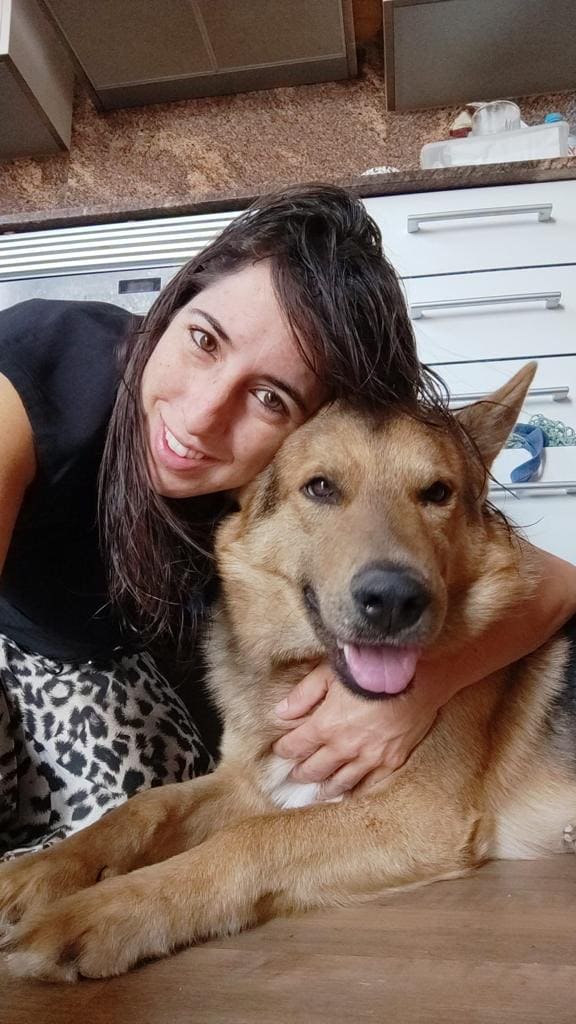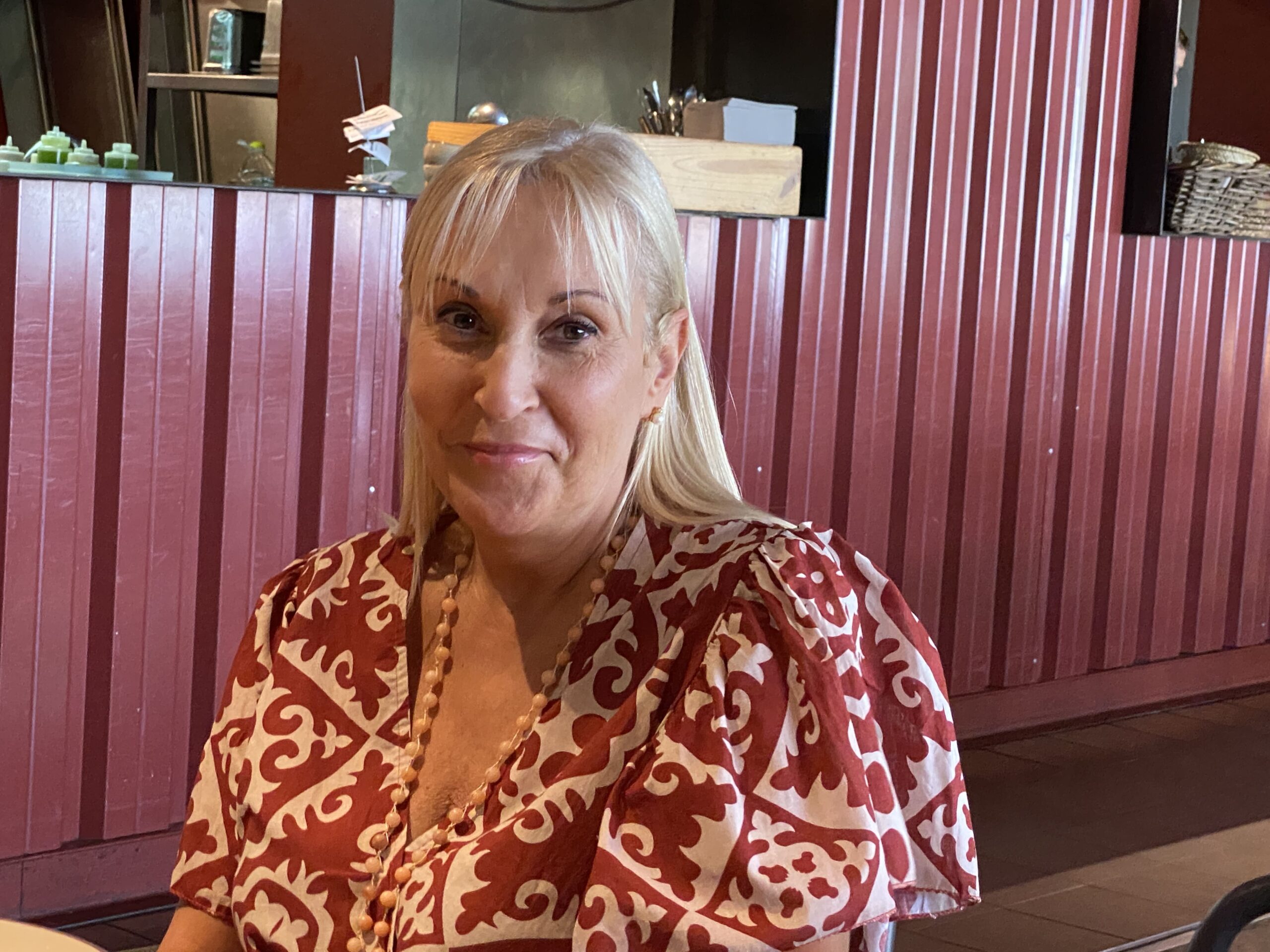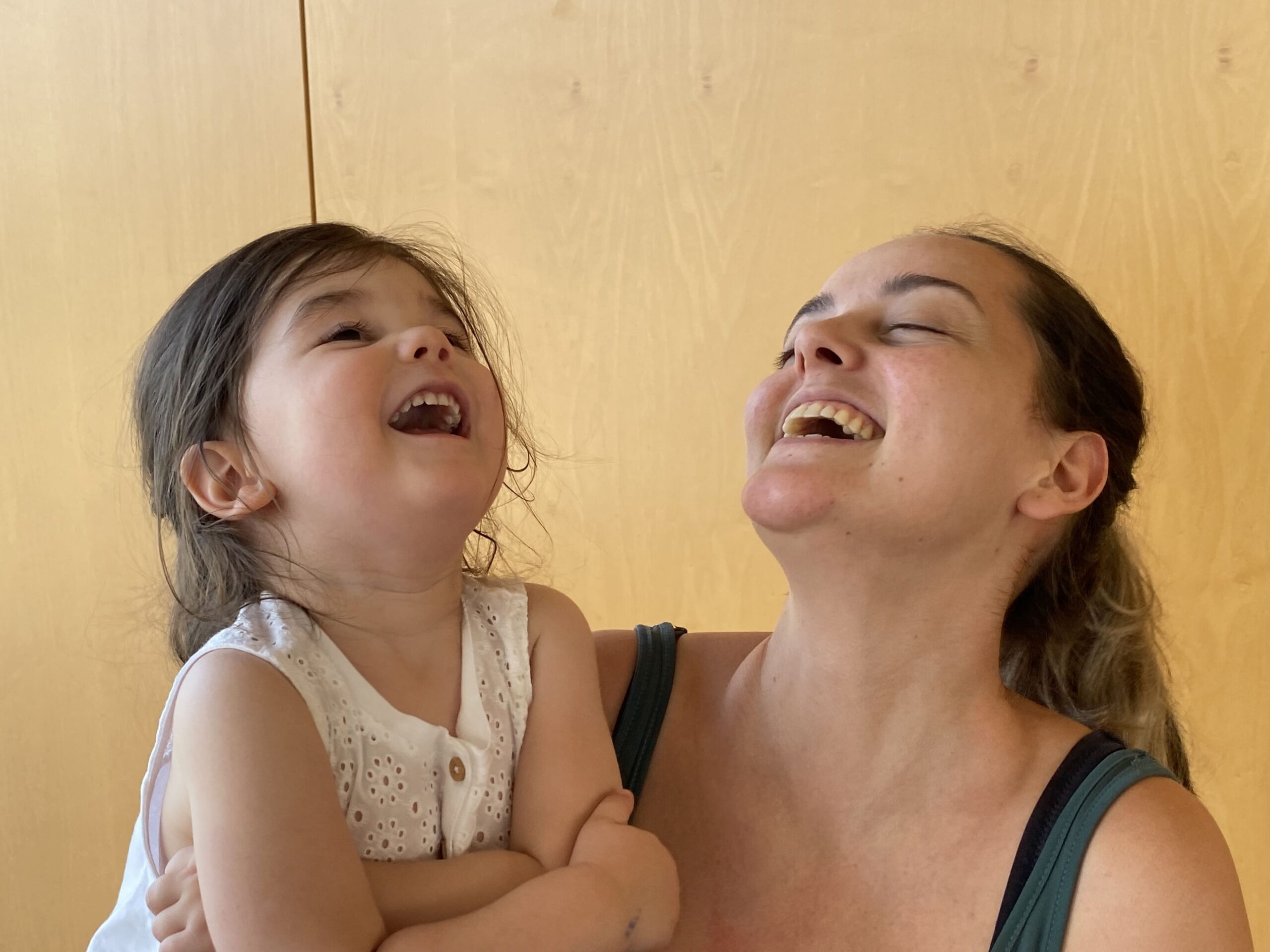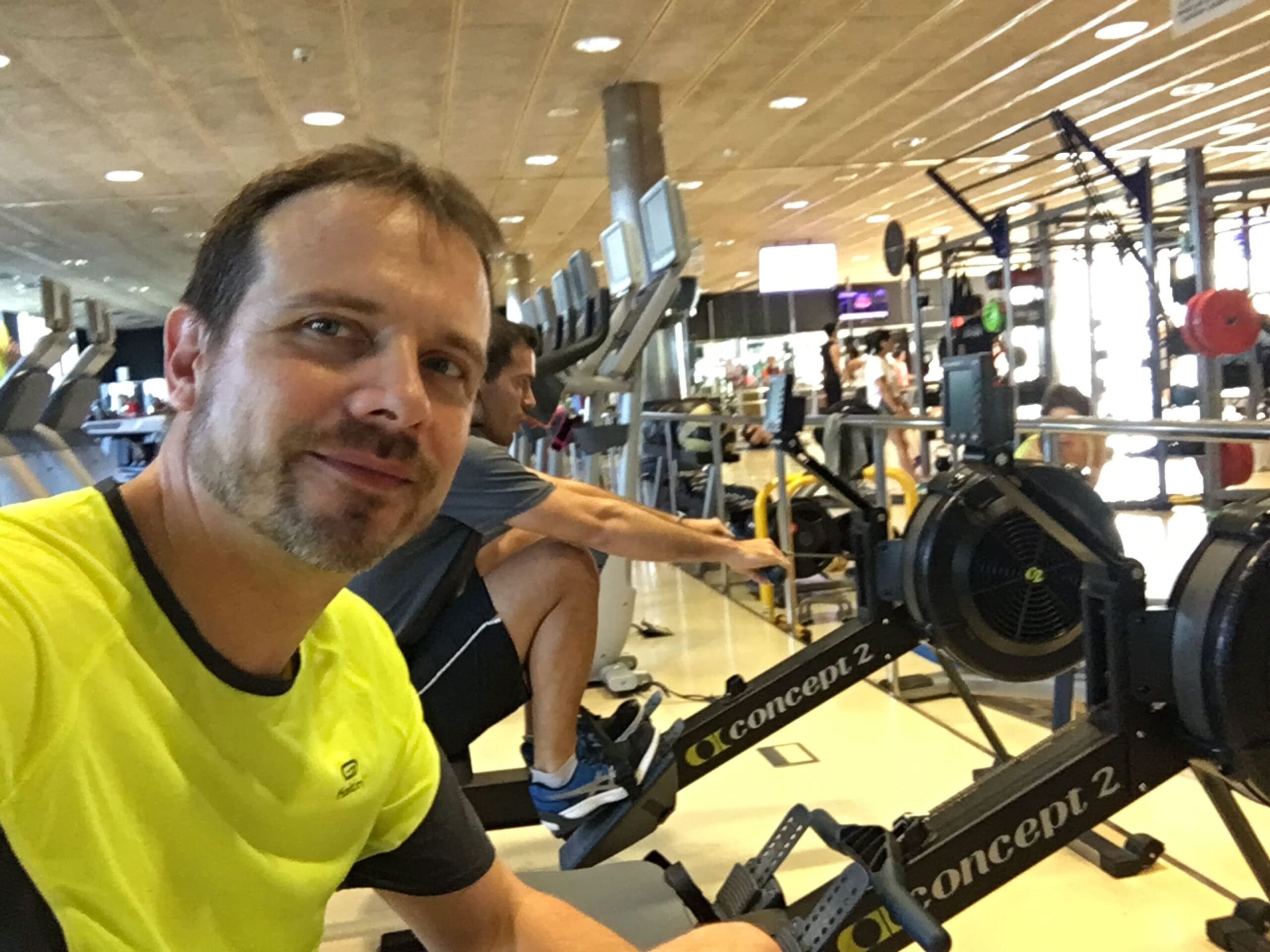Treatment under sedation
No more fear of the dentist

What is fear of the dentist?
Fear is a feeling of anguish provoked by the presence of a real or imagined danger. It is a feeling of mistrust that leads us to believe that something contrary to what we want will happen. When this response is exaggerated, we must speak of phobia. Phobia is a deviation from the normal response to danger. In this case, the fear is directed towards an object or situation that does not represent a real danger. Although the phobia sufferer recognises that his or her fear is irrational, he or she cannot control his or her reaction.
According to a UK Public Health Service survey, 36% of people have a moderate fear of going to the dentist, and 12% have an extreme fear (phobia). In other words, fear of the dentist, although it has been decreasing a lot in recent years, is quite normal, and certainly nothing to be ashamed of.
It is common knowledge that dental treatment today does not represent a serious health risk. On the contrary, the risk is run when problems are not remedied. Dental problems, such as cavities or inflamed gums, do not cure themselves. They worsen over time, and are therefore much easier to solve when they are detected in their early stages. Let’s not forget, too, that a healthy mouth is directly related to good general health. Delaying our check-ups out of fear will only complicate our oral health.
The main causes of fear of going to the dentist are usually fear of pain, fear of repeating a bad experience or one influenced by the environment, fear of the unknown and, among the most common fears reported by patients, the embarrassment of going to the dentist knowing that oral health has been neglected.

Building confidence
The opposite of fear is trust. What can help you in this respect? Mainly the fact that you feel surrounded by people who inspire confidence, offer you all the information you need to reduce uncertainty and treat you with respect, empathy, care and love.
Remember that the professionals who care for you are your allies. Use their help to face and overcome your fears, and don’t be ashamed to talk about it with them. Ask any questions you may have.
We are very aware of the feeling of vulnerability that many patients feel, so we try to make your experience at our clinic as pleasant as possible. For this reason, we always offer a careful and friendly treatment, we use soft aromas of orange and cedar, ambient music, topical anaesthetic gels and minimally invasive treatments such as microabrasion, laser, intraoral scans, etc.
Many people lose their fear as they accumulate positive experiences and get to know the people who treat them and as a result are more willing to maintain good oral health.
However, for those people who are very nervous and anxious, we have the alternative of performing our treatments under conscious sedation.
What is conscious sedation?
Conscious sedation is an anaesthetic procedure whose aim is to induce a state of well-being and relaxation in the patient. It is not a general anaesthesia. The patient is conscious at all times, but without nerves, anxiety or nausea. For the patient, the treatment seems to last only a few seconds and is always very comfortable.
Conscious sedation can only be performed by a doctor specialised in anaesthesiology.
One indication would be those patients who are afraid (or terrified) of going to the dentist. Sometimes, what makes them go to the dentist is the pain caused precisely by problems that appear after long periods of time – sometimes years – without going for regular preventive check-ups.
Another indication would be for those patients who are going to undergo a complex dental intervention (multiple implants, complete rehabilitations, grafts, complex surgeries, etc.). In these cases, even in calm patients, the duration of the procedures can be a bit long and tiring.
Likewise, patients with several relatively simple or conventional treatments (tooth reconstructions, oral cleanings, curettage, endodontics, etc.) that would require several visits to the clinic can be carried out in a single session under sedation, with the advantages in terms of time, travel and comfort that this entails.
Any human activity has risks (from getting into the shower or going down stairs, for example). In the case of conscious sedation, the patient is relaxed, calm, without anxiety. They are monitored and supervised at all times by an anaesthesiologist who does not leave their side.
Although we cannot say that there is no risk, we can say that the risk would be lower than when we take something as usual as a sleeping pill. By taking sleeping pills, we are asleep for several hours without having a specialist by our side monitoring us and taking care of us.
The rules to be followed before dental sedation are as follows:
- Do not eat 4 hours before.
- Do not drink liquids 2 hours beforehand.
- Inform the medical team of any personal circumstances (drugs being taken, illnesses, allergies, drug addictions or toxic habits, etc.) that may influence the medical treatment.
- If you are taking any medication, the rule will be to continue taking it, unless you are instructed otherwise.
- At the time of admission to the clinic, the patient must report any anomaly or problem that may have appeared since the last visit.
The rules to be followed after sedation are as follows:
- Leave the dental centre accompanied by a family member or friend.
- Not drive a vehicle of any kind for twelve (12) hours after treatment.
- Not engage in potentially hazardous activities or operate heavy machinery for twelve (12) hours after treatment.
- Not ingest alcohol or any intoxicating substance for twelve (12) hours after treatment.
At Padrós Dental Clinic we have extensive experience with patients who suffer from fear of the dentist or phobia. Our patients with this pathology are treated according to their needs and are highly satisfied to see that they have been able to overcome it without any problems.
If this is your case, contact us and we will schedule a first informative appointment where we will explain in detail the procedures to be performed and resolve any doubts that may arise.


Payment facilities in up to 5 years
Did you find all the information you were looking for? Did you find it interesting? Leave us your opinion:


























